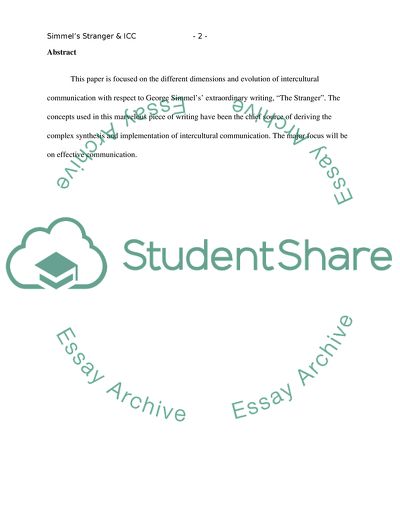Cite this document
(Fundamentals of Intercultural Communication Essay, n.d.)
Fundamentals of Intercultural Communication Essay. https://studentshare.org/sociology/1767646-fundamentals-of-intercultural-communication-research-essay
Fundamentals of Intercultural Communication Essay. https://studentshare.org/sociology/1767646-fundamentals-of-intercultural-communication-research-essay
(Fundamentals of Intercultural Communication Essay)
Fundamentals of Intercultural Communication Essay. https://studentshare.org/sociology/1767646-fundamentals-of-intercultural-communication-research-essay.
Fundamentals of Intercultural Communication Essay. https://studentshare.org/sociology/1767646-fundamentals-of-intercultural-communication-research-essay.
“Fundamentals of Intercultural Communication Essay”. https://studentshare.org/sociology/1767646-fundamentals-of-intercultural-communication-research-essay.


